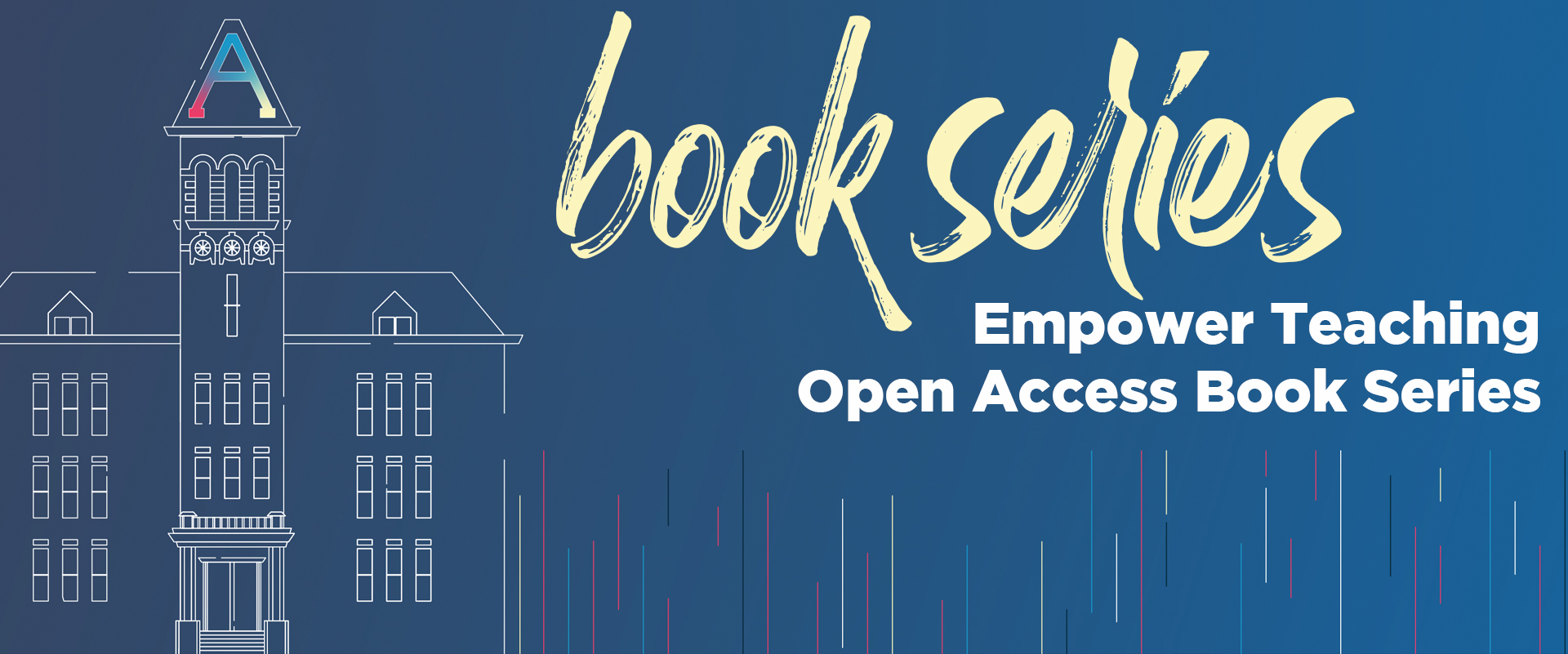Document Type
Chapter
Journal/Book Title/Conference
Habits of Mind: Designing Courses for Student Success
Editor
Julia M. Gossard & Chris Babits
Publisher
Utah State University
Publication Date
2023
First Page
271
Last Page
290
Creative Commons License

This work is licensed under a Creative Commons Attribution-Noncommercial-No Derivative Works 4.0 License.
Abstract
Risk-taking is a leap into a space that has not been mapped. Who knows where or how you will land? Consider the following:
- A student completes a portrait drawing, then cuts it into strips and weaves it into another drawing. The result is an intricate yet beautiful image that addresses the complexity of identity that viewers can reassemble in multiple ways, beyond the control of the artist. The art student had never attempted such a work before.
- A wall of torn-out book pages that are pinned and collaged together. Most of the words on the pages are redacted by marker, paint strokes, ink marks, or by imagery drawn on top. Some are burnt and mangled. The remaining words can interact with each other in complex ways and with imagery drawn on the pages. Altogether, the work addresses human fears and greed. The art student has never attempted such a work before.
- An installation of suspended life body casts, all made of plaster from female and transgender volunteers. Suspended by each body cast is a letter written by each volunteer discussing their relationship to their body. The letters explore feelings of fear, shame, powerlessness, acceptance, pride, and strength. The art student has never worked with nude models nor attempted such a work before.
Each of these descriptions represent types of artwork that students have turned in to me as projects for grades. Each represents a student taking a risk in pushing the boundaries of what they know and can do. Each took a risk as to what constitutes artwork and in what comprises an expressive use of materials. Across nearly four decades of teaching, in both public schools and the university, a constant theme students express to me is that they never expected to create the kinds of work they end up creating. In most cases, students feel like they have taken a risk but have increased confidence in their skills and in applying them to new, uncertain contexts. It is noteworthy that I have had these results despite long-term decreases in national creativity measures and findings that Generation Z, while highly educated and pragmatic, is more risk-averse than previous generations (Kim, 2011; Parker & Igielnik, 2020; Reisenwitz, 2021).
This chapter provides answers to the question, How do we make risk-taking and creative flexibility an explicit part of the educational process? Before answering the how, it is important to consider the why—Why would we want to make risk-taking an educational outcome?
Recommended Citation
Veon, Raymond, "Chapter 15- Leap and the Net Will Appear: Risk-Taking and Creative Flexibility in the Face of the Unknown" (2023). Habits of Mind. Paper 17.
https://digitalcommons.usu.edu/habitsofmind/17



Comments
PDF version 2 uploaded 23-12-06.